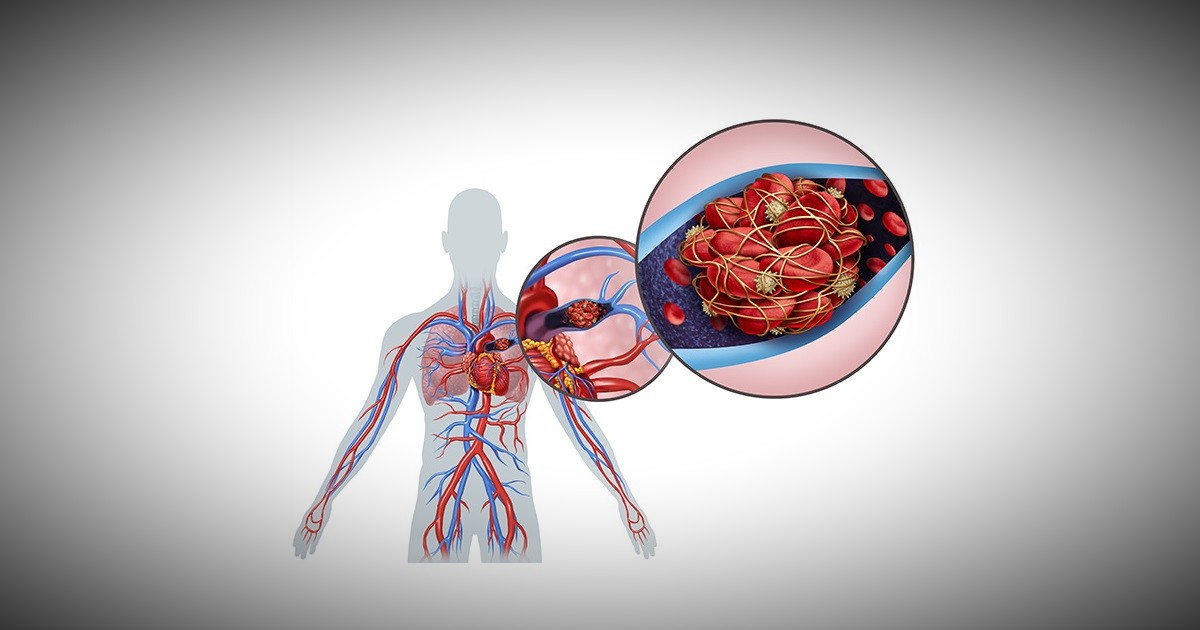
When the usual pulmonary embolism treatments won’t work, an expert surgeon can save your life
A pulmonary embolism – a blood clot clogging an artery between the heart and lungs – prevents the circulation of oxygenated blood throughout your body. Severe cases can lead to death if not treated.
So what happens when the common treatments won’t work for you? Well, then you need surgery, according to Ashraf Al-Dadah, MD, an interventional cardiologist with OSF Cardiovascular Institute. And the only place to get the full spectrum of treatment options in the Urbana area is at OSF HealthCare Heart of Mary Medical Center.
Having multiple options is vital
When you suffer from a pulmonary embolism, you are commonly given drugs that break up the clot. But some people can’t be treated with those drugs because of a high risk of bleeding, which makes the option for a higher level of care at OSF Heart of Mary a lifesaver.
Clot-busting drugs can generally break up enough of the clot to restore blood flow. But for people with bleeding tendencies, clot-busting drugs and their side effects are not an option. Instead, they need a catheter-based procedure or open surgery. While surgery is invasive and comes with its own risks, it may be the only option for some patients.
At OSF Heart of Mary, they can use a catheter – a long, very thin tube fed through an artery – to inject clot-busting drugs directly into the clot. This also allows them to deliver a much lower dose and decrease the bleeding risk that is a side effect of the drugs.
“Dr. Ronald Cossman is a highly skilled surgeon in the area who does that type of work,” said Dr. Al-Dadah “The presence of those treatment options allows us to offer the full spectrum for these patients.”
Surgery also has the benefit of enabling the surgeon to fully remove the clot, while clot-busting drugs may only partially break up the clot, Dr. Al-Dadah said. And if you live in the Urbana area, you have the benefit of being near a facility where you can get the care you need.
Comprehensive care prevents future emergencies
The experts at OSF Cardiovascular Institute don’t stop at treating the embolism, either. They also go beyond that to identify what caused the embolism and how future incidents can be prevented.
“Not only can we treat the life threatening problem, we work to try to find the cause of the clot,” Dr. Al-Dadah said. “We screen people for clotting disorders, which allows us to give patients confidence in their care. This prevents future catastrophic events. We don’t just treat the problem, we get to the root cause of the problem.”
Learn more about what OSF Cardiovascular Institute can do for you by clicking here.